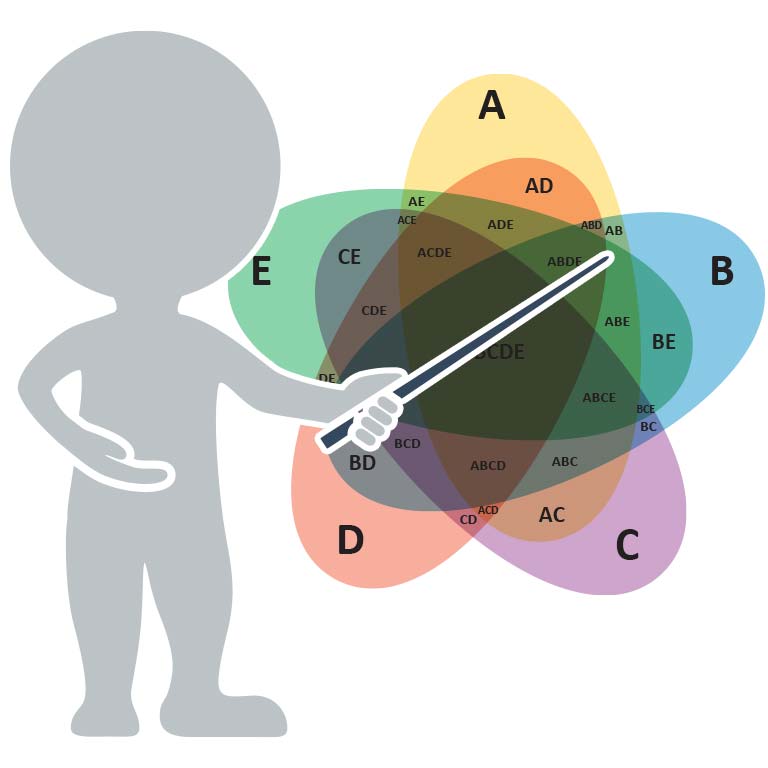Third and final in this series of how technology can improve efficiency in an orchestra is using recording technology to its full potential. Recordings are a touchy subject among many in the classical music industry. With taboo topics such as aggressively enforced musician’s union regulations, the high costs of engineering the recording, the ever shrinking market of recorded classical music consumers, and the fact that classical recordings rarely make money, it’s easy to overlook the potential of this powerful tool. But there’s a tiny silver lining in this otherwise large, dark, and ominous cloud: ever advancing technology.
To begin with, let’s focus on how technological advancements can reduce the cost of recording an orchestra. The traditional method of recording an orchestra included bringing all of the recording equipment to the concert hall. This meant strewing wires all over the place, taking hours and hours to set up microphones, getting a control board system in place, and running a battery of sound checks. Then when all of that is done you get to finally start the actual recording process (and for those of you unfamiliar with making a recording; it’s un-fun, tedious, time consuming work.). Then you have to take down all of the equipment before the next live concert, so you better have recorded everything the first time or you get to go through this entire process again which raises the overall cost to make the recording.
Now let’s warp back to the present, it’s all the rage across the country to refurbish and build new concerts halls. And with this building frenzy, each orchestra has the opportunity to incorporate permanent recording equipment into the design of the new hall. And I’ve seen some of these systems in place, it’s integrated in such a way that you would never even realize it’s there unless you were looking for it. These systems produce superb quality recordings and are easily upgradeable. This new technology will make it affordable for the orchestra to:
- Sell “instant” recordings of live performances (much like they do now at rock/pop concerts).
- Use non-performance weeks to make recordings during normal rehearsal time without having to go through the “set-up circus” mentioned above.
- Allow specialty recording projects in a quality acoustic setting for small ensembles such as trombone quartets, cello octets, or percussion ensembles (which are really, really cool).
- Contract the orchestra and facilities out to soloists for their personal recording projects.
- Bundle instant recordings of holiday pops concerts along with orchestra related merchandise (have your coffee on Christmas Day in your orchestra logo coffee mug while listening to the concert you heard just last night!)
- Offer high quality live radio broadcasts (imagine how great it would be if the orchestra even owned the radio station).
- Offer downloadable recordings for sale on the orchestra’s website. (Wouldn’t it be nice to only purchase the movements you really want from Symphonie Fantastique?)
But in order for this to happen, the orchestra will need to get over a few labor related hurdles which are much too involved to go into here. But suffice to say the players need to give permission for these sorts of things to happen. Then you’ll need to work around the special payment clauses in the orchestra master agreement. Then you’ll need to get over the concept that classical recordings should be “profitable” in or to be “successful”. I’m not advocating the orchestra should loose money on recordings, but instead, it should design production costs so that they can break even. The increase in exposure throughout the community will provide much larger financial returns in the long run than the few extra bucks you can make by selling a CD for higher price, not to mention it will further validate the status of the orchestra among the community.
The next big obstacle to overcome is finding a way to make the type high quality recordings that discerning listeners are used to without the high production costs. The first step is building the recording equipment and facilities directly into the hall, which I mentioned above. But the next crucial step is to change the distribution mindset. Stop signing multi thousand copy deals with big name labels while hoping for a Grammy nomination to help sell all those copies you just purchased. If you simply worry about making a quality artistic product coupled with the ability to make one or one thousand copies, you’ll get the Grammy nomination anyway.
Personally, I don’t think recorded classical music is destined for irrelevance. Instead, it’s waiting for someone out there to show how recent technological advancements in producing and distributing the product can make this old medium new again. Instead of gearing your efforts on a national market, concentrate on the home front. After all, success usually comes to those who aren’t looking for it.


